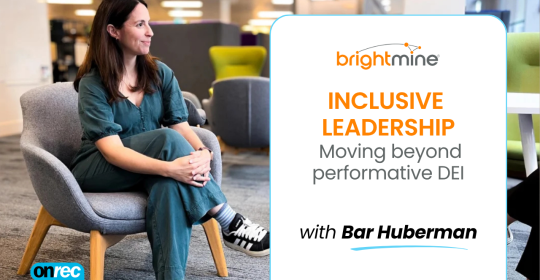From 1 August 2020, employers were given discretion on how to manage their workforce. They can now ask employees to come back, as long as their workplace is “Covid secure”.
Making a workplace Covid secure involves conducting a risk assessment identifying risks associated with Covid-19 in the workplace, as well as ways to mitigate them.
Following Government and HSE guidance, this is relatively straightforward for most offices. It includes measures like providing hand sanitisers; two-meter floor markings and limiting numbers in lifts, meeting rooms and other common areas.
However, risks can only be mitigated through individual compliance to measures implemented. Employers can only do so much. Because of this, many employees feel that regardless of whether their workplace is Covid secure, their employer cannot ensure that they are protected from the actions of their colleagues.
This extends to how colleagues are behaving outside of the workplace too. Employers will likely have staff who were on the shielding list as well as staff who may not be following the rules. There is also the fact Covid remains a risk in everyday life. How do you protect the health and safety of all colleagues in the workplace in light of this and where does the balance lie? Can an employee reasonably refuse to return to a Covid secure workplace through fear of the actions of their colleagues?
The answer must be no.
The duty under the Health and Safety at Work Act 1974 is to ensure health, safety and welfare in the workplace, as far as reasonably practicable. This obligation can only extend so far, and employers cannot reasonably be expected to mitigate the risks of employees who are not following Government guidance.
However, as part of their risk assessments, employers should be clear on how staff should conduct themselves in the workplace, to promote Covid security. Disciplinary proceedings can and should be implemented against staff who subvert this. This sends a clear message to all employees on the severity and importance of mitigating risks.
In contrast, outside of the workplace, the responsibility must lie with each employee to keep themselves informed on Government guidance and to follow it; even though this could indirectly impact the safety of the workplace.
There must be a level of trust exerted between employers, employees and between colleagues, in the same way we trust others in the supermarket or on public transport.
Employers should, however, have a clear policy on self-isolation. This should echo Government guidance and set out clearly that employees should not come to work and confirm what pay the employee will receive when self-isolating in different circumstances. The rest comes down to the honesty and integrity of individuals to adhere to.
Vulnerable employees
Guidance for “clinically vulnerable” employees is slightly different. The message remains that if such employees can work from home they should continue to do so. However, as shielding ended on 1 August, the Government announced that the clinically vulnerable can also return to the workplace if it is Covid secure. Those who are clinically vulnerable are likely to be protected as disabled under the Equality Act 2010 with an obligation on employers to make reasonable adjustments.
Whilst some professions have seen little impact from home working, others have seen significant downturns in productivity and output. A difficult question is whether employers can force clinically vulnerable employees, or any employee, to return to the workplace when they can work from home, but the employer prefers them to be in the office. Such preference is based on the employer assessment that it is beneficial for the employer’s business for attendance on site. This many months into the pandemic both the advantage and disadvantages of remote working are becoming apparent to organisations.
Our view is yes, you can require attendance at site. With a Covid secure workplace, if an employer deems it better for the business for employees to return then there can be little argument against this as it is in line with Government guidance. The contract of employment will also refer to the usual place of work, and sets out the contractual obligations.
It is impossible for employers to eliminate all risks; relating to Covid-19 or otherwise. This is just as true now as it was in the pre-Covid world.
We expect the Courts to take a similar line when claims made under health and safety legislation start to come through. Although it is too early to say, if an employer can show that it has followed Government guidance, conducted a thorough risk assessment, consulted with staff on how to work safely and kept these measures up to date, risk of liability for such employers should be low.






